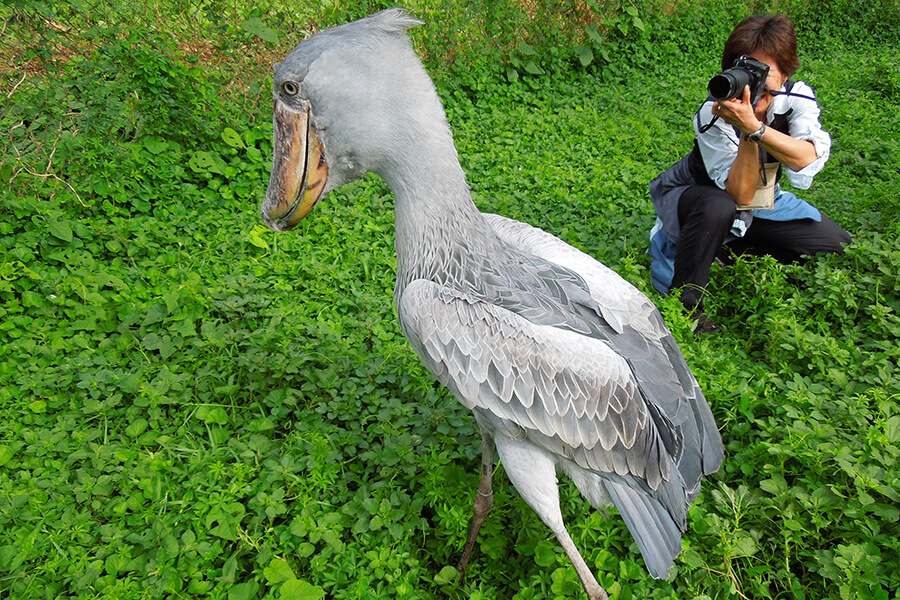

People on Mauritius’s islands and adjacent towns relied on Dodo birds to meet their dietary needs. Due to the large growth of the human population and so high environmental pollution, these birds slowly started losing their habitat.ĭuring the limited encounter between the two species, dodos functioned mostly as food.

One of the reasons for the extinction of these large Dodo birds was human activities and threats. Moreover, there has been some research saying that there were allegedly just 13 specimens remaining, all of which were thought to be around 300 years old. Only 21 of the 45 bird species discovered in Mauritius have survived. However, those who are alive are not at all safe and in the proper healthy condition. The Dodo Birds were extinct long back in the year 1681, but yet it’s surprising and shocking to know that still some of these species are preserved. The bill or beak size of the Dodo bird is about 23 cm (9 inches). The beaks of the Dodo bird were capable of delivering a rather nasty bite to its prey or any other predator. The beaks were quite hefty and curved and were probably the dodo’s only significant defense option. Dodo Birdĭodos possessed a characteristic beak that was said to be light yellow or green in terms of color. The average size of the Dodo’s eggs was around 21 centimeters (9 inches), which is quite large. The Dodos laid a single white egg at a time, which was about 130 x 80 mm, it was the size of a halfpenny roll. This was primarily due to their inability to fly and the fact that their nests anyways did not need to be safeguarded in trees because of no natural predators.Īccording to some research, scientists have suggested that the incubation period of these birds was around 37 days and their breeding period starts from the month of August. Dodos used to construct their nests on the ground, as opposed to most other birds, who make their nests in trees. Talking about the nesting and eggs of the Dodo birds, they only lay one egg at a time. Also, the high ratio of the weight and the wingspan would make it more difficult for them to try flying. The wingspan of the Dodo birds was nearly around 2 feet, which is quite small compared to the flying birds. In fact, their wings were just a means of maintaining balance. Moreover, the Dodo had short wings and a small sternum as they were adapted to be on the ground and did not really utilize their wings. The dodo’s huge size and incapacity to fly were adaptations that allowed it to withstand some of the worst environmental and climatic circumstances possible.ĭodos developed to grow greater in size and weight without the need for flying to avoid predators, eradicating the capacity to fly. You’re probably aware that the Dodo was a flightless bird. The average weight of the Dodo bird could go up to 10.6–17.5 kg (23–39 lb), with an average weight of 14kg (30 lb). Moreover, scientists have observed that the dodo was a strong, powerful bird with substantial leg bones and a big pelvis. That means the Dodos are usually settled on the ground and do not really fly for hunting or other activities.ĭodos were large and massive birds with great weight. However, in the case of the Dodo bird, they have large body mass as they are flightless. Usually, birds are lightweight in terms of body mass and large in terms of length so that they can easily fly and glide through areas with greater speed. The Dodo birds were large birds with approximately a length of about 1 meter (3 ft 3 in) tall. The last dodo was slain in 1681, and the species was annihilated. The dodos were unable to survive due to over-harvesting of the birds, habitat degradation, and losing competition with newly imported species.

The dodo was a large, flightless, ungainly sitting duck. The dodo or Raphus cucullatus is an extinct flightless bird that was native to the Indian Ocean island of Mauritius, which is located east of Madagascar.


 0 kommentar(er)
0 kommentar(er)
